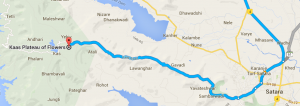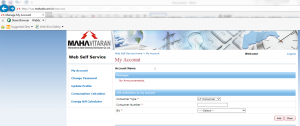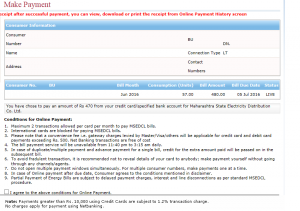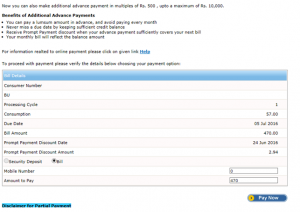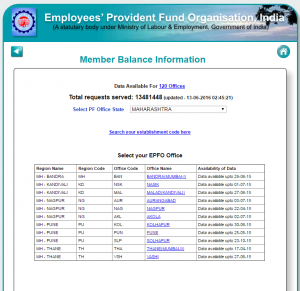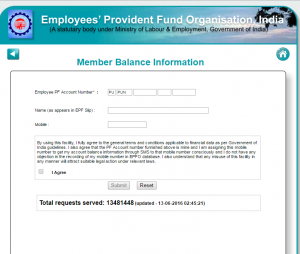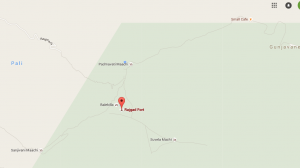Indian Foreign Service:
The Indian Foreign Service is the administrative diplomatic civil service under Group A and Group B of the Central Civil Services of the executive branch of the Government of India. It is one of the two premier Civil Services (other being IAS) as appointment to IFS renders a person ineligible to reappear in Civil Services Examination.
It is a Central Civil service as Foreign policy is the subject matter and prerogative of Union Government.
The Ambassador, High Commissioner, Consul General, Permanent Representative of India to the United Nations and Foreign Secretary are some of the offices held by the members of this service.
The Indian Foreign Service holds the distinction of giving India its- President, Vice President, Speaker of Lok Sabha, Foreign Minister and many distinguished Statesmen in past and present.
The service is entrusted to conduct diplomacy and manage foreign relations of India.It is the body of career diplomats serving in more than 180 Indian Diplomatic Missions and International Organisations around the world. In addition, they serve at the headquarters of the Ministry of External affairs in Delhi and the Prime Minister’s Office. They also head the Regional Passport Offices throughout the country and hold positions in the President’s Secretariat and several ministries. Foreign Secretary of India is the administrative head of the Indian Foreign Service.
IFS was created by the Government of India in October 1946 through a Cabinet note but its roots can be traced back to the British Raj when the Foreign Department was created to conduct business with the “Foreign European Powers”.IFS Day is celebrated on October 9 every year since 2011 to commemorate the day the Indian Cabinet created the IFS.
To become IFS officer you need to pass UPSC Civil Service Exam.
The UPSC Civil Service Exam consists of 3 stages and they are Preliminary Exam, Mains Exam, and Personality Test/Interview.
UPSC Exam details:
The competitive examination comprises two successive stages:
I. Civil Services (Preliminary) Examinations (Objective Type) for the selection of candidates for Main Examination; and
II. Civil Services (Main) Examination
For details click http://eloksevaonline.com/competitive-exams/civil-services-examination-pattern/.
Nationality:
For IFS a candidate must be a citizen of India.
Age Limit:
Age must be between 21 to 30 for General category.
Candidates of SC/ST and OBC will get extra age 5 and 3 years respectively.
Training:
On acceptance to the Foreign Service, new entrants undergo significant training. The entrants undergo a probationary period (and are referred to as Officer Trainees). Training begins at the Lal Bahadur Shastri National Academy of Administration in Mussoorie, where members of many elite Indian civil services are trained.
After completing a 15-week training Lal Bahadur Shastri National Academy of Administration, the probationers join the Foreign Service Institute in New Delhi for a more intensive training in a host of subjects important to diplomacy, including international relations theory, trade, India’s Foreign Policy, History, International Law, diplomatic practice, hospitality, protocol and administration. They also go on attachments with different government bodies and defense establishments and undertake tours both in India and abroad. The entire training programme lasts for a period of 36 months
Upon the completion of the training programme at the Institute, the officer is assigned a compulsory foreign language (CFL)
Career and rank structure
The hierarchy in foreign service
At an embassy: in ascending order of rank
Third Secretary (entry level)
Second Secretary (promotion upon being confirmed in service)
First Secretary
Counsellor
Minister
Deputy Chief of Mission/Deputy High Commissioner/Deputy Permanent Representative
Ambassador/High Commissioner/Permanent Representative
At the Ministry of External Affairs: in ascending order of rank
Assistant Secretary/Under Secretary
Deputy Secretary
Director
Joint Secretary
Additional Secretary
Secretary
Foreign Secretary of India (India’s Top Diplomat, Administrative Head of the Indian Foreign Service & Foreign Service Board)

